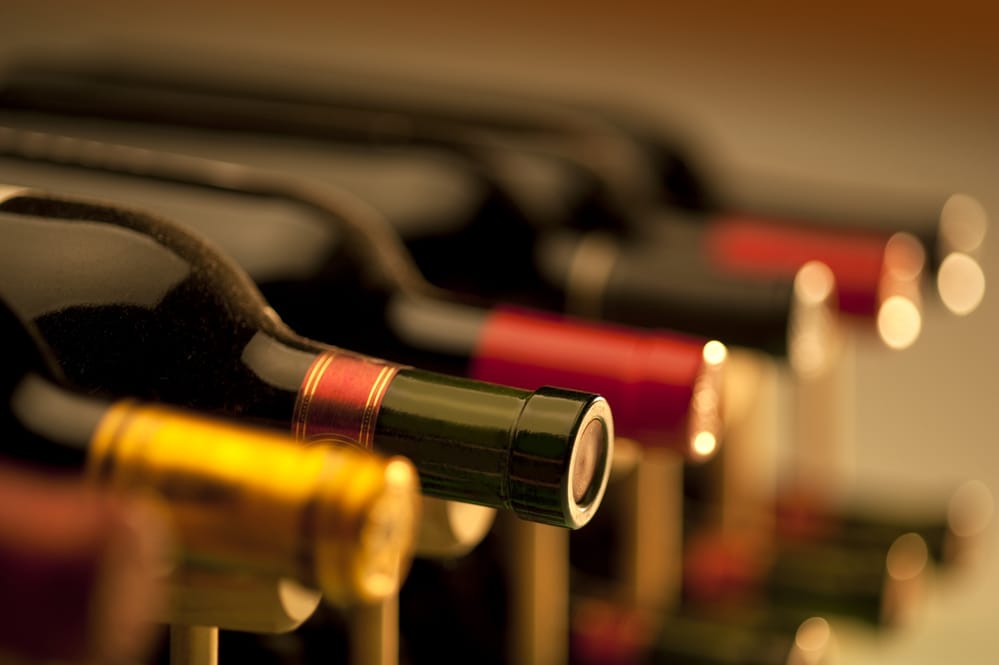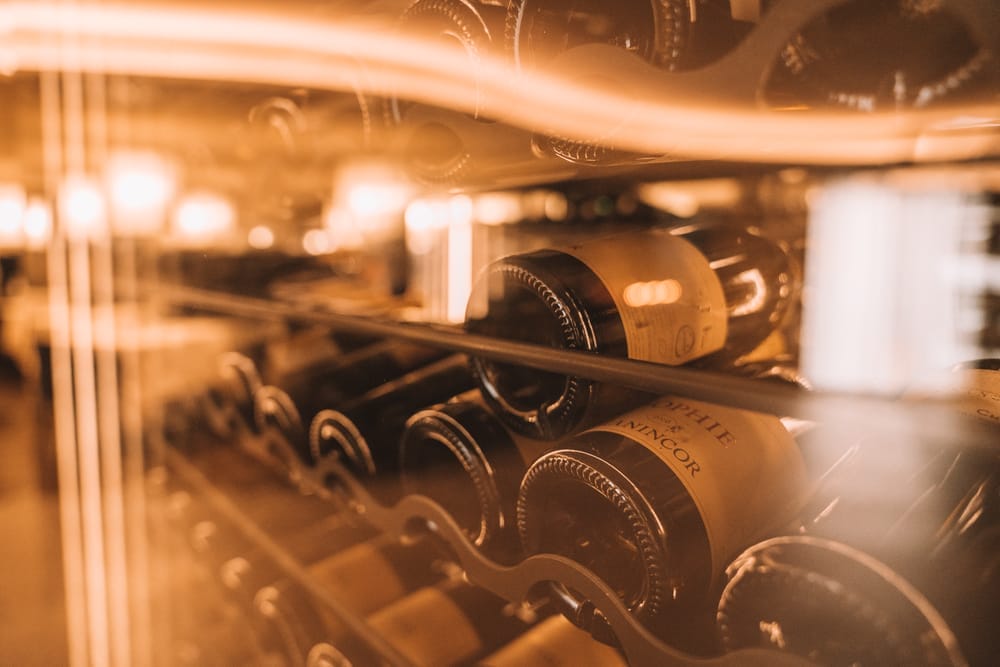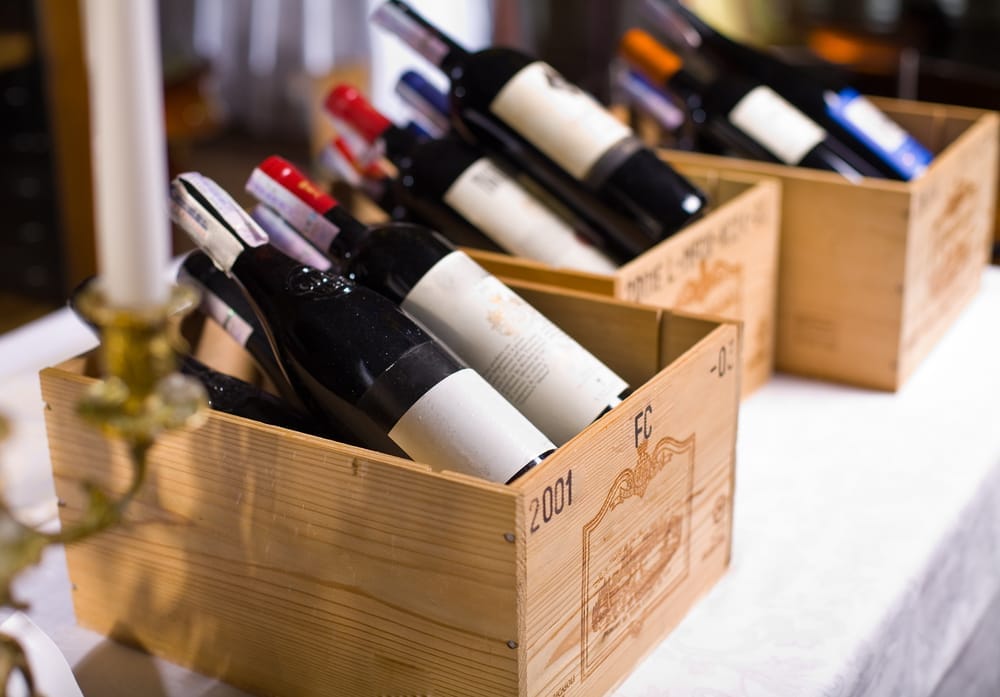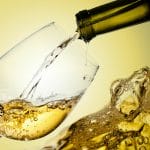When you become a lover of red wine, you begin to appreciate the finer details in the beverage and the flavor and aroma characteristics that can be achieved through the process of aging and correct wine storage!
Temperature, humidity, and light are important factors that will enhance or degrade the overall experience of your red wine bottle.
As such, they are extremely important to understand if you want to hone in on your red wine storage, aging, and serving technique.
This guide outlines:
- Why temperature matters for red wine storage
- Common mistakes in red wine storage
- Ideal temperature ranges
- How to set up your wine storage
- The impact of temperature fluctuations
- Advanced wine storage techniques.
Let’s get started!
Why Temperature Matters for Red Wine

It is well-known that temperature affects red wine, and that storage is important for ultimate flavour.
However, why exactly is this?
The answer is that proper storage and serving conditions for your bottle of red wine have the ability to bring out the best possible flavor profile.
Temperature affects red wine in several ways:
- It impacts aroma, flavor, and the overall sensory experience of drinking the wine
- It alters the tannin structure (the compounds responsible for the flavor profile of wines) by either softening or intensifying tannins
- It alters the overall mouthfeel of the wine – the warmer the temperature, the fuller the wine will feel on the palate. Meanwhile, the cooler the temperature, the lighter the feel
- It changes the perception of alcohol. A warm temperature may accentuate the alcohol content of the wine, whereas a cooler temperature may slightly mask it – offering a smoother taste profile.
Common Mistakes in Red Wine Storage
When you enjoy drinking a red wine or two, it is quite easy to collect several bottles without actually knowing how to correctly store them!
There are a few common misconceptions and mistakes that you might not know about:
1. Storing red wine upright
A common misconception is that red wine must be stored upright.
Red wine bottles, particularly those with corks, should be stored on their side in order to help keep the cork moist and help maintain the aging speed of the wine.
2. Exposure to sunlight/light
The impact of sunlight exposure to a bottle of red wine is often overlooked, when in fact it can damage the flavor profile and the aromas the bottle has by causing premature aging and breakdown of tannins.
Instead, store red wine bottles in the dark and away from direct sunlight!
3. Proximity to Vibrations
Vibrations (such as using kitchen appliances) can have an effect on the quality and taste of your red wine.
If red wine is in close proximity to these vibrations, it can disrupt the sediment at the bottom of the bottle – which will subsequently cause disruptions to the aging process and change the flavor towards a bitter profile.
4. Overlooking humidity levels
Controlling the level of humidity within your wine storage environment is an important factor not to be overlooked!
Low humidity can cause the wine cork to dry out and/or shrink, increasing the chances of oxidation of the wine and losing valuable flavor and aroma as a result.
High humidity can increase the chance of degradation of the cork quality and labels on the bottles. Not all wines should be stored at the same temperature and humidity!
Ideal Temperature Range for Red Wine

Each style of red wine will have an optimal storage temperature range and peak quality aging time, so it is important to understand your specific wine type, brand, and wine traits.
There is no strict consensus for the perfect temperature that you must keep your wine at, but there is an accepted range of similar temperatures that are agreed by experts.
An important note is that once you have selected the ideal temperature for your wine bottle, it is important that this remains constant and does not change.
For short-term storage typically up to a few years, the optimum temperature range is considered to be 13-18 degrees Celsius.
For long-term storage, known as aging, the optimum temperature is 13 degrees Celsius.
The general rule of thumb for red wine storage is to keep it somewhere cool and away from anything that may cause heat fluctuations (ovens, windows, etc), such as in a wine cellar, closet, or wine fridge.
Setting Up Your Wine Storage Environment
The best wine storage setup for you will be dependent on both your needs and your budget.
The two most common wine storage solutions are wine coolers and wine cellars (although you are not restricted to just these options!).
There are several key characteristics to consider when choosing a wine storage solution for your space:
Capacity
Determine the number of wine bottles you want to store at any given time. This includes allowing some capacity for collection growth.
Temperature and humidity control
Depending on the type of wine you are looking to store, precise temperature and humidity control could be a key characteristic that you look for.
Some newer, high-tech storage options allow for different temperatures to store both red and white wine separately.
Dual Zone vs. Single Zone
If you enjoy both a red wine and a white wine, consider a cellar option that allows you to store both simultaneously and at optimal temperatures through dual-zone technology!
This is only important if you prefer to drink more than one type of wine.
Vibration reduction
If you are looking to store your wine in an area that may be in close proximity to vibrations (such as the kitchen), opt for a storage solution that has features to minimize the effects of vibrations on the wine.
Size and placement
The dimensions of the area you have set aside to dedicate to your wine storage will dictate the size of the storage unit you choose.
The above are just some of the key factors to consider to help you choose the right wine cooler or cellar option for you. However, bear in mind that this is not an exhaustive list!
For those who are not quite ready to invest a sum of money into a wine cellar or cooler, there are a number of options you can readily create at home without requiring any specialized equipment:
- Ensure you find a cool and dark location such as your wardrobe, garage, attic, or basement. Pay attention to if this area experiences temperature fluctuations, as this will be detrimental to the wine
- Utilize a wine rack or shelving. There are many sturdy options on the market to accommodate any size space you may have to store your wine, which also helps to ensure the bottles remain stored horizontally
- Keep your wine collection organized, arranging them in such a way that they remain easily accessible, but that you still have the opportunity to age wine if you choose to do so.
These storage solutions may not provide the same level of specialized care as a wine cellar or cooler, but they’re a great starting point for those with a smaller budget or who are just beginning their red wine journey!
Impact of Temperature Fluctuations

Temperature fluctuations during storage of the bottle can negatively impact the flavor profile and the aromas of any stored wine:
- Storing wine at too low of a temperature can suppress or mute the flavor profile, as well as degrade the aging process
- Storing wine at too high of a temperature can rapidly increase the aging process of the wine, which can result in degraded taste and aroma, and increase the rate of oxidation
- Dramatic fluctuations in temperature can affect the corkage of the bottle – and in turn, result in oxidation.
It is optimal for the temperature of your wine to remain constant and at the appropriate range for the specific wine type. There are several things you can do to help achieve consistent temperatures:
- Make sure you have an appropriate organization or storage solution, as outlined above
- Invest in a control system for temperature and humidity
- Make sure there is no direct sunlight on the wine bottles
- Install a thermometer which is checked regularly to detect if any changes were to occur.
Advanced Wine Storage Techniques
Humidity, light, and temperature all work together to help the wine preservation process!
These are critical to understand, as they can enhance or degrade your wine if not controlled properly:
- Humidity is important as it affects the corkage of the wine bottle, causing it to shrink as it dries out. A shrunken cork will allow oxygen into the bottle, which can in turn cause spoilage
- Ultraviolet (UV) light can degrade some of the compounds in red wine, leading to reduced quality flavors
- Temperature fluctuations can cause oxidation and premature aging.
When you want to bring your wine out of the cellar to serve, you are highly advised to bring the wine up to room temperature first!
This can be done by leaving the bottle of wine in a warm room for thirty minutes to one hour.
This is a general guideline, as the personal preference and flavor characteristics of each wine will be unique.
Final Words
Storing red wine is a craft that requires attention to detail to ensure both temperature and humidity stay constant at an appropriate level.
If you can master the art of aging red wine, you will reap the rewards of enjoying the rich flavor and deepness of the aromas of your bottle!
- Moscato vs Roscato: A Comprehensive Comparison of Sweet Wines - December 15, 2023
- Should White Wine Be Chilled? Expert Insights on Serving Temperature - December 14, 2023
- Moscato vs Riesling: A Sweet Wine Showdown - December 8, 2023








![Malbec Vs Pinot Noir: 8 Important Differences [2023] Malbec Vs Pinot Noir](https://e25kn4v6x6d.exactdn.com/wp-content/uploads/2023/09/Malbec-Vs-Pinot-Noir.jpg?strip=all&lossy=1&resize=150%2C150&ssl=1)

